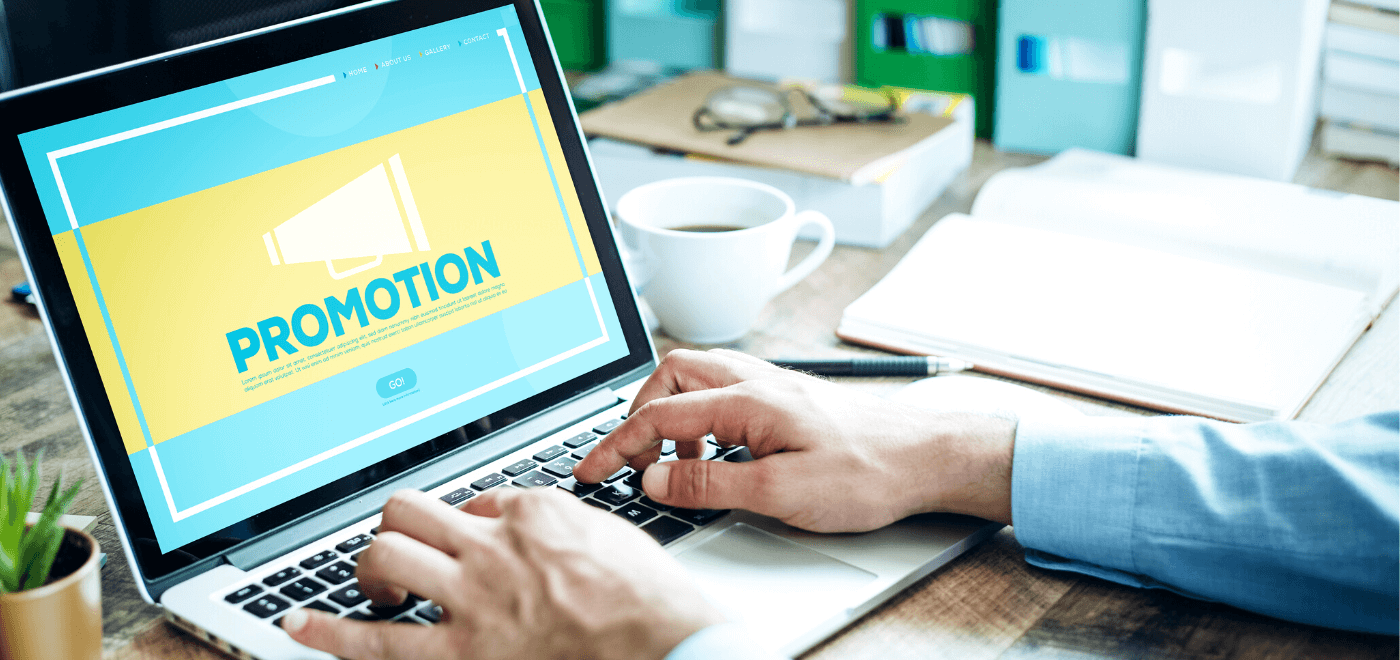Simply put, people’s attention spans are shorter nowadays due to the abundance of readily-available information and content. Although there are situations where traditional advertising and promotion methods are helpful, they are few and far between and are usually used in very specific niches. Nowadays, interactive promotion is king. There’s so much potential with interactive promotions that this advertising method will most likely remain the primary method for quite a while. Plus, much of the world’s population uses social media as the primary medium of interactive promotion.
In this guide, we’ll go over the intricacies of interactive promotion and why brands tend to use them on a very consistent basis with plenty of success.
What is an Interactive Promotion?
The modern consumer base is connected on numerous levels and at all times. However, this has caused a unique situation in marketing where the target audience is usually segmented in specific ways.
Let’s take a look at automobile ads. Automobile companies used to do very short (usually 10-15 second) inserts during ad breaks which didn’t leave much room for experimentation or specifics.
Today, promotional material for new vehicles can often feature extended videos (some with a background story, for example), interactive activities on social media (i.e., giveaways), and more.
Lazy marketing barely exists anymore; it’s been eradicated by marketers having to come up with unique ideas to promote their products or services.
Interactive promotions are, in essence, promotions that involve the target audience doing something. This could include sharing and liking posts on social media (to bring more exposure to the brand while giving the audience a chance to win a prize for sharing and liking), using hashtags, or anything in between that requires the target audience to participate. According to a Deman Gen report, 62% of B2B marketing are already using interactive content and 88% predict that 10% or more of their content will be interactive in the next 1-2 years.
An interactive promotion can bridge the gap between consumers and brands because both sides win in most cases. Now, let’s talk about some interactive promotion specifics.
Motivates your Audience to be Loyal to your Brand
Interactive promotions are very effective when it comes to enabling brand loyalty. Interactive promotions such as contests, promotions, giveaways, and sweepstakes generate more participation, interaction, engagement, social sharing, and repeat visits from your target audience. Simply put, the one action they need to do generates quick engagement.
When a person enters the promotion, the brand-consumer relationship will already be established. Maybe the consumers don’t know it yet, but it’s true.
The more consumers are engaged with a brand, the more they’ll feel like they have influence over services and products that are of value to them. Encouraging users to take specific actions (i.e. write a comment, share this post, etc.) creates a relationship and therefore potential brand loyalty.
Brand loyalty is generally the ultimate goal of every business – to have people return to them because they’re extremely satisfied with how the business operates or how great their products/services are.
Higher Marketing Efficiency Across Multiple Platforms
Social media engagement is a game with different rules than traditional media. The goal of traditional media (TV, radio, etc.) is to reach a broad audience and make your voice heard across many different regions, cultures, peoples, and languages.
The purpose of social media is to firstly attract smaller audiences with very relevant information that creates a form of emotional connection, which, in turn, is supposed to generate a higher rate of return. The most significant benefit of using social media for interactive promotion is that the small audience will eventually share information about your brand, ultimately making your existence known to larger audiences.
For starters, traditional media promotions are expensive and must be very specific. Social media promotions, in contrast, are much cheaper and easier to operate. After all, if your message is enticing and interactive enough, it will be heard by customers everywhere.
Lastly, it must be noted that social media contests and sweepstakes are excellent when it comes to generating exposure. When one person enters the contest, they’ll tell others who will enter, and so on and so forth. Eventually, you’ll have thousands of people participating and – most importantly – learning about your brand/services/products.
Be Careful with Promotion Rules
Businesses’ biggest issue when using interactive promotions is that they don’t consider the rules they’re setting. Then they run into a problem because the rules are too lenient, too strict, or too difficult for the audience to follow or understand, causing them to modify them after the promotion has already started.
This is highly problematic because the consumers will instantly lose interest in your brand because they’ll feel betrayed. They did nothing wrong, yet the brand is trying to take something away from them.
Always be mindful when creating interactive promotion rules and guidelines. Think ahead and modify them accordingly.
Lastly, meddling with the rules mid-promotion may subject you to legal action by distraught individuals that the ordeal may have negatively influenced.
Marketing Campaign Flexibility
Finally, interactive promotions allow for unprecedented marketing campaign flexibility. In and of itself, an interactive promotion can contain all sorts of messaging, content, and purpose. Because of this, marketing campaigns can be carefully tailored across many social media channels.
For example, you may want to begin an interactive promotion on Instagram (featuring a giveaway) where your target audience can participate by putting a specific hashtag on their images. You can decide on the image prompt for the giveaway as well.
On the other hand, if you’re doing promo content on Facebook, you may want consumers to like and share your promotional post.
Conclusion
The efficiency of interactive promotions depends on your primary goal with them. Everything else is up to the consumers to decide. Thanks to readily available analytics tools, you will have quick feedback on whether or not your campaign was successful.
Overall, interactive promotions are the primary marketing method in modern times. If you haven’t already embraced it – it’s time you do so you can reap the many benefits.
If you are looking to employ this method within your business, we would love to help. Learn more about Extu and our award-winning marketing services.



